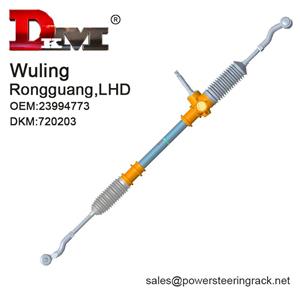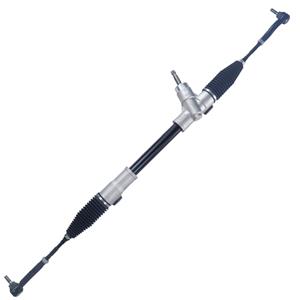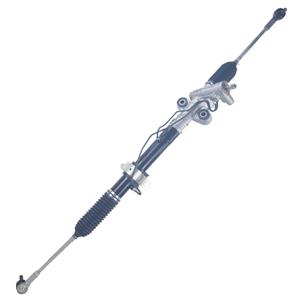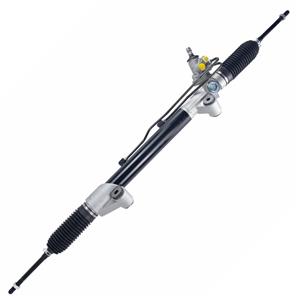How do I know which power steering system my car is equipped with?
Power steering is an integral part of modern cars, making driving easier and safer. However, many car owners are not clear about which power steering system their vehicles are equipped with. Knowing this not only helps with daily driving and vehicle maintenance, but also allows for better troubleshooting when problems arise.
This article will delve into how to identify the type of power steering system in a vehicle to help car owners better understand the technical details of their cars.
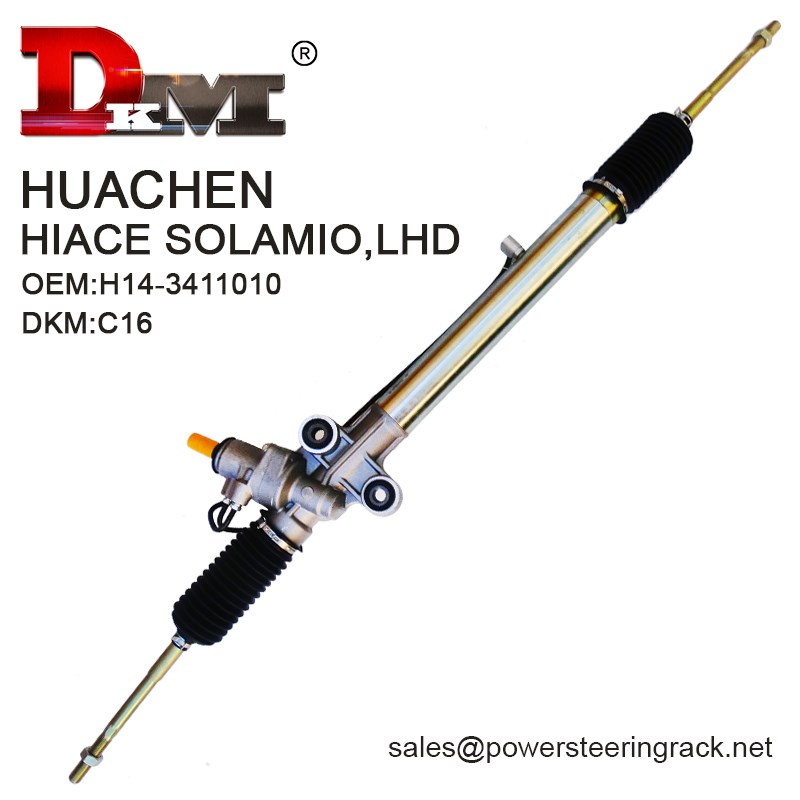
What are the basic classifications of power steering systems?
Before discussing how to identify the power steering system of a vehicle, it is necessary to first understand several major types of power steering systems. There are mainly the following types of power steering systems:
1. Hydraulic Power Steering (HPS): Hydraulic power steering systems provide power assistance through a hydraulic pump. This system relies on an engine-driven hydraulic pump to provide pressure to help the driver easily turn the steering wheel. This is one of the most common power steering systems in traditional vehicles.
2. Electro-Hydraulic Power Steering (EHPS): This system is also a variation of the hydraulic system, but the difference is that it uses an electric motor to drive the hydraulic pump instead of relying on engine power. This design can improve fuel efficiency because the electric motor can adjust its working state as needed.
3. Electric Power Steering (EPS): The electric power steering system relies entirely on the electric motor to provide power assistance, without hydraulic components. This system is becoming more and more popular, especially in modern vehicles, because it is more energy-efficient and does not require hydraulic fluid maintenance.
4. Electric Hydraulic Power Steering (EHPS): This system combines an electric motor with a hydraulic system, using an electric motor to drive a hydraulic pump. It saves energy while maintaining the advantages of a hydraulic system.
After understanding the basic classification of these systems, we can use some methods to determine which power steering system our vehicle is equipped with.
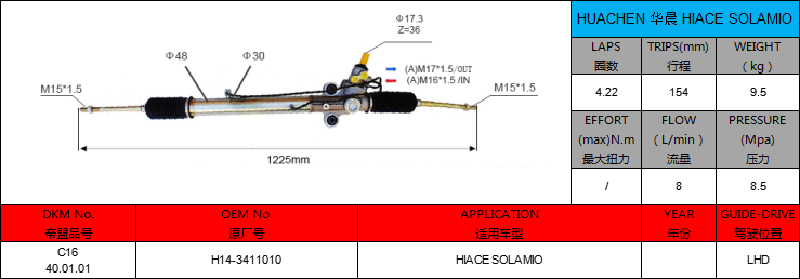
How do I know which power steering system my car is equipped with?
Identify through the owner's manual or vehicle nameplate
The most direct way to identify the power steering system of a vehicle is to check the owner's manual or vehicle nameplate. The owner's manual will usually detail the vehicle's technical specifications, including the type of power steering system. Here are the specific steps to check:
1. Check the owner's manual
Open the owner's manual and find the vehicle specifications or technical parameters section. Generally, the type of power steering system will be listed here. If the manual specifically mentions "hydraulic power steering system" or "electronic power steering system", then you can determine the vehicle's equipment.
2. Check the vehicle nameplate
The vehicle nameplate is usually located in the engine compartment, door frame or other parts of the body. The nameplate will indicate basic information about the vehicle, including engine type, manufacturing year and other technical data. The nameplate of some models will also indicate the type of power steering system. If the nameplate is marked with words such as "EPS" or "HPS", you can determine the type of system based on this.
Identify by driving experience
In addition to checking the manual and nameplate, car owners can also determine the type of power steering system of the vehicle by driving experience. Different power steering systems will bring different feelings during driving:
1. Feeling of hydraulic power steering system
Hydraulic power steering system usually feels smoother when turning the steering wheel, but it will feel a little heavy at low speed and parking. This is because the hydraulic pump works depending on the engine speed, so the power assist is small at low speed. At high speed, the power assist will increase and the steering wheel will become lighter.
2. Feeling of electric power steering system
Electric power steering system usually provides consistent power assist at any vehicle speed. The steering feel of this system is more linear, and because there is no hydraulic pump, it can also provide enough power assist when parking or at low speed, making it easier to turn the steering wheel.
3. Feeling of electronic hydraulic power steering system
The feeling of electronic hydraulic power steering system is between traditional hydraulic and pure electric systems. At high speed, its power assist is closer to the hydraulic system, while at low speed or parking, the power assist effect is similar to the electric system.
Through the driving experience, the owner can have a preliminary judgment on the vehicle's power steering system. However, this method is not as accurate as directly checking the manual or nameplate.
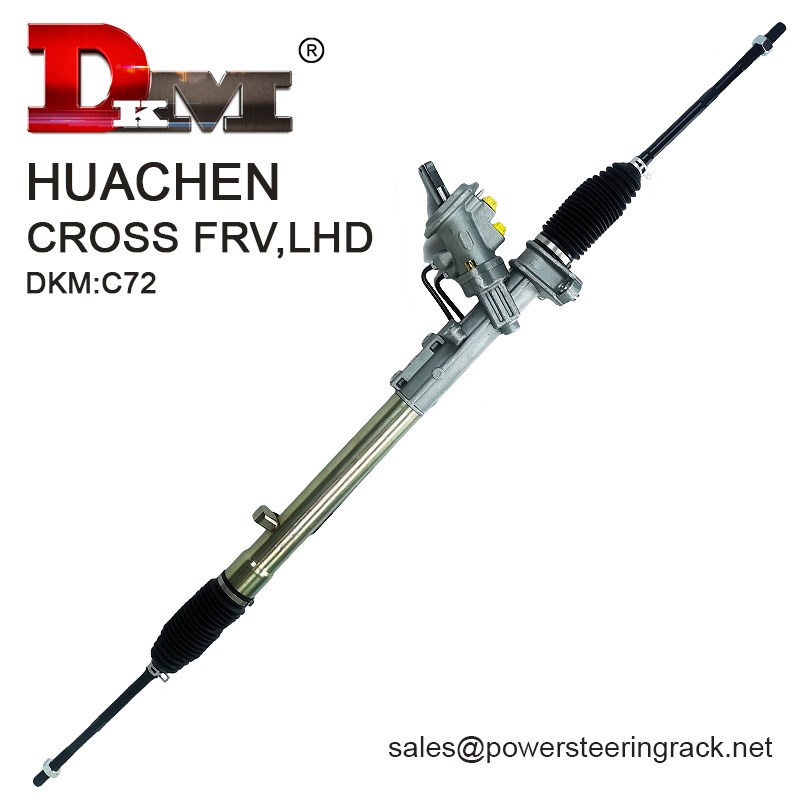
Identify through vehicle inspection or maintenance records
The vehicle's inspection and maintenance records will also indicate the type of power steering system. Here's how to identify the system type through these records:
1. Check the maintenance records
If the vehicle has ever had its steering system repaired or replaced, the maintenance records will usually detail the parts and system type that were replaced. For example, the records may mention that a component such as a hydraulic pump, motor, or steering control module was replaced.
2. Consult an automotive repair technician
If the owner is still unsure about the system type, the owner can take the vehicle to a professional repair shop for inspection. The repair technician can usually determine the type of the vehicle's steering system by inspecting it and provide accurate information.
Identify through external features
Some external features of power steering systems can help owners quickly identify the system type. Here are some features that can be observed:
1. Hydraulic power steering system
The vehicle's engine compartment usually has a hydraulic oil tank connected to the hydraulic pump and oil pipe. If you see these hydraulic components in the engine compartment, you can be sure that the vehicle uses a hydraulic power steering system.
2. Electric Power Steering System
Electric power steering systems do not require hydraulic fluid, so you will not see hydraulic oil tanks and oil pipes in the engine compartment. Instead, you will see a small electric motor, usually connected to the steering column or steering rack.
3. Electronic hydraulic power steering system
This system has both a hydraulic pump and oil tank, as well as an electric motor. By checking the engine compartment, you can see the components of the hydraulic system, and you may see the electric motor and related control module near the hydraulic pump.
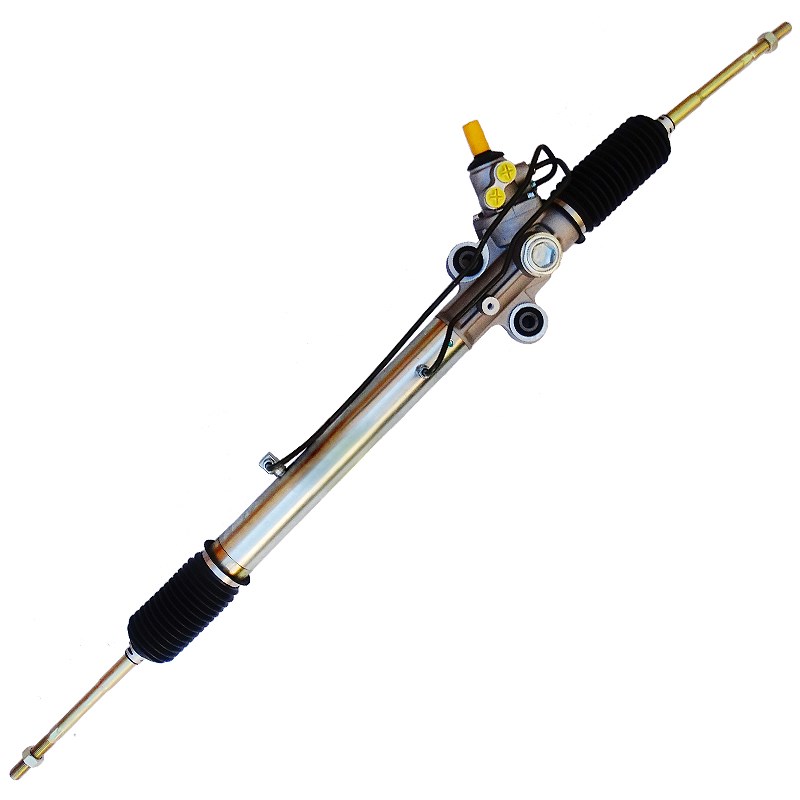
Common power steering system types and vehicle models
Although identifying the specific type of power steering system usually relies on manuals, nameplates, or inspections, it is also helpful to understand the correspondence between common systems and vehicle models. Here are some typical examples:
Traditional hydraulic power steering system
This system is often found in older vehicles or heavy vehicles, such as SUVs and pickup trucks. Many older models are equipped with hydraulic power steering systems, which provide a strong power-assisting effect.
Electric power steering system
Modern small and mid-sized cars are often equipped with electric power steering systems. These models tend to focus on fuel efficiency and light driving experience, so the widespread use of electric systems has become a trend.
Electro-hydraulic power steering system
Some high-performance models and luxury cars use electro-hydraulic power steering systems to balance performance and comfort. Such models usually require different steering feedback at different speeds, so this hybrid system is selected.

